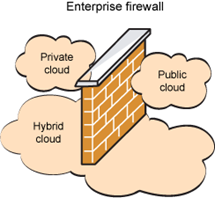
Reading Time: 3 minutesCloud computing is a way to use (and also deliver) computing resources (for a formal definition see The NIST Definition of Cloud Computing). For this reason there are different types of cloud based on which type of “computing” resources are provided. Mainly there are three big silos: Infrastructure as a service (IaaS): usually it provides VMs a virtual datacenters resources (like storage and networking), and also the infrastucture need to manage them. An example of this kind of cloud is Amazon EC2. Platform as a service (PaaS): in this case a developer platform is provided […]












